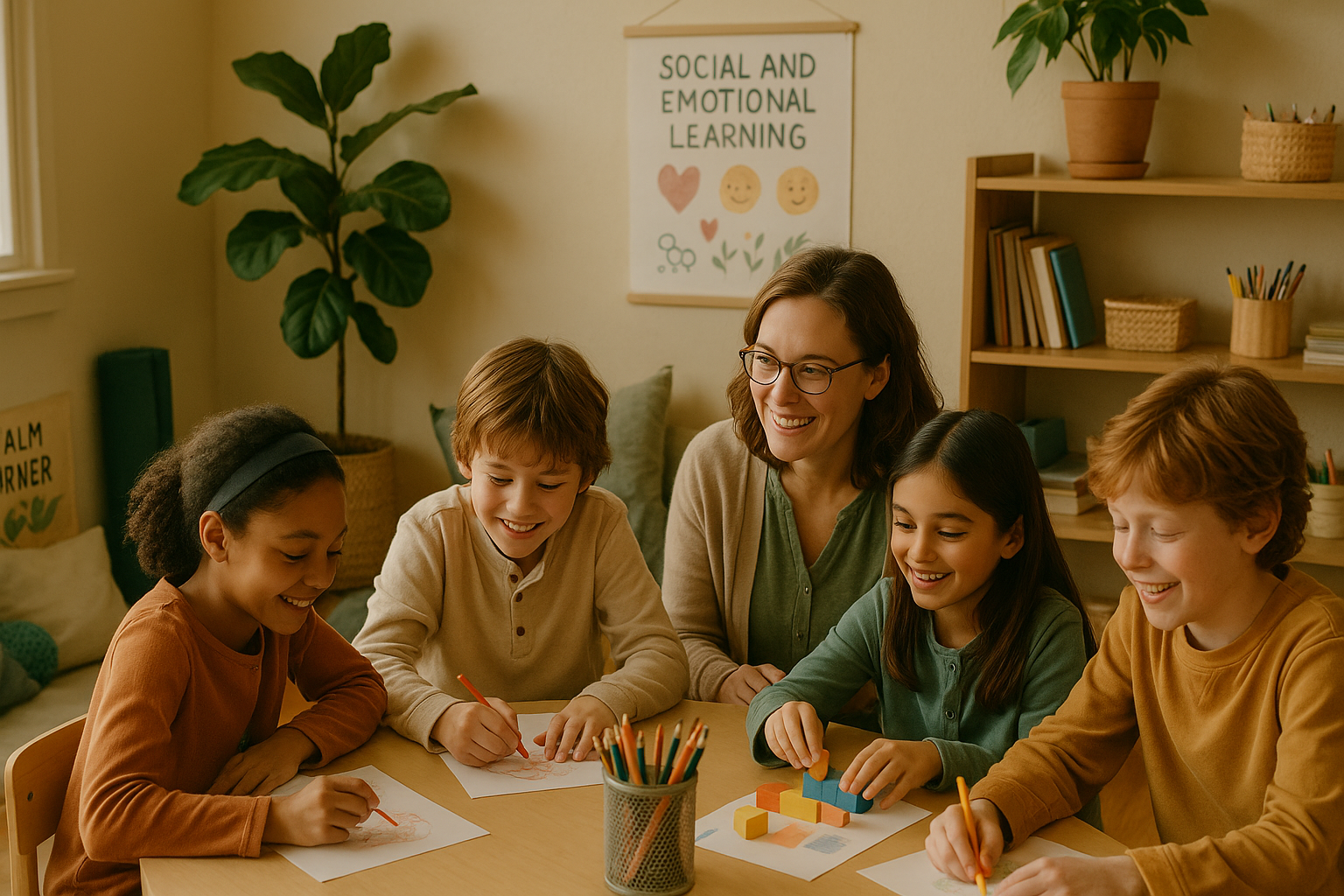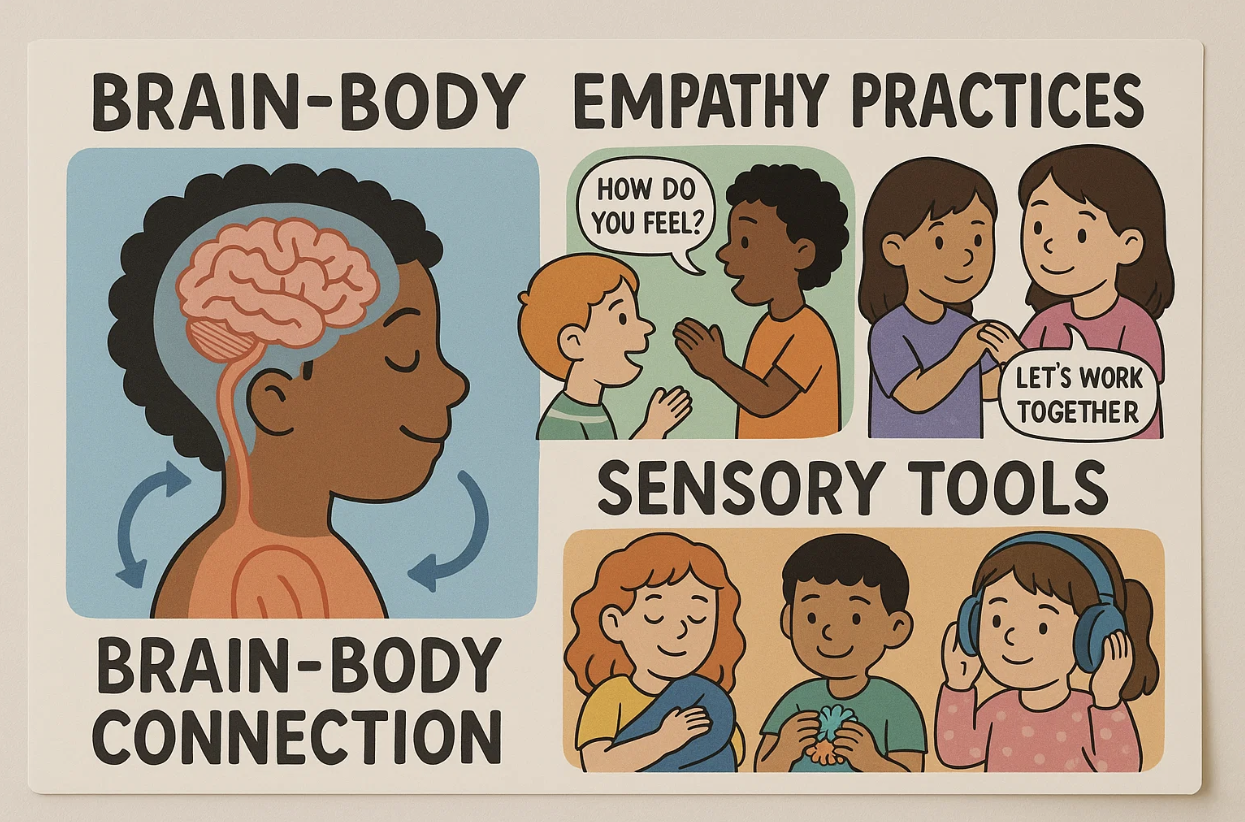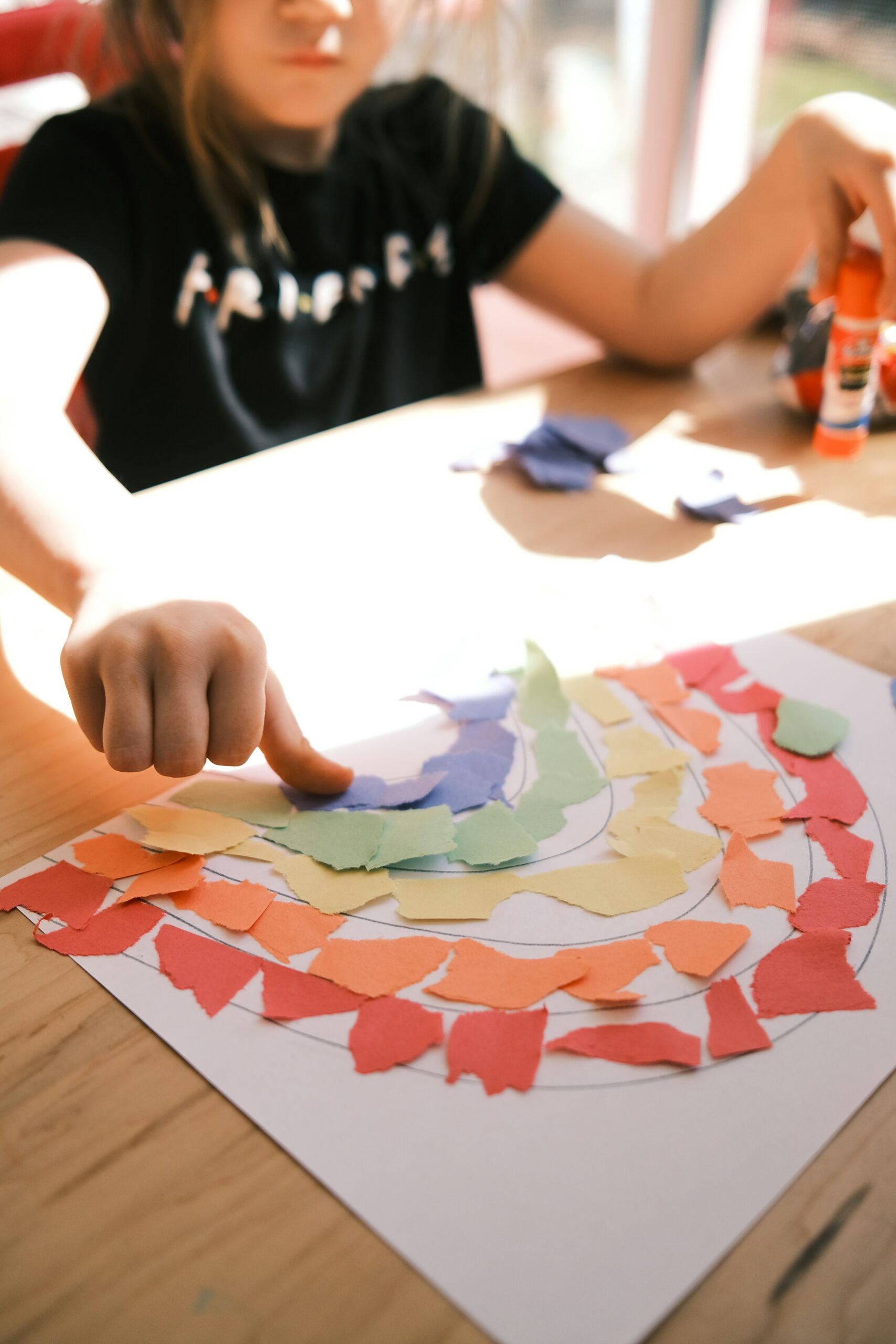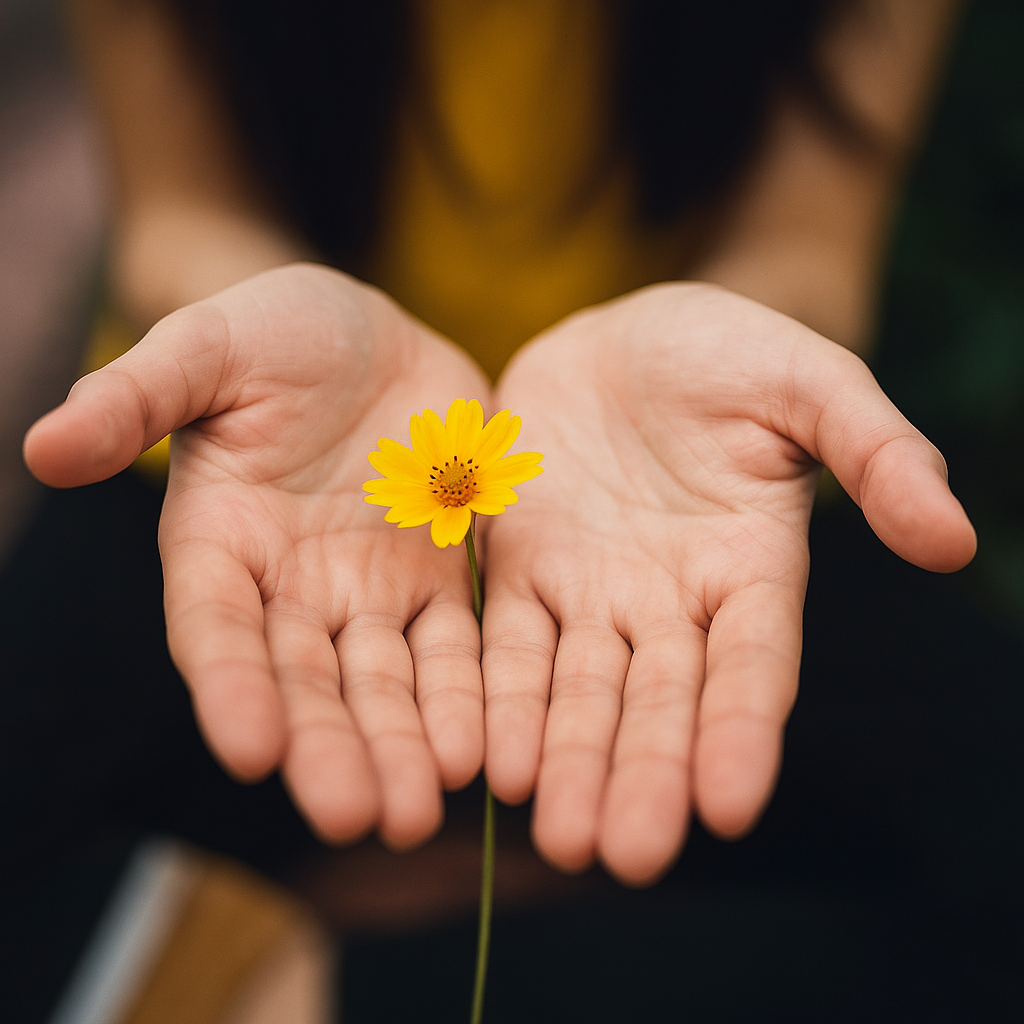In today’s world, children are facing more stress than ever—from academic pressure to social media, and for many, the lingering effects of trauma. As parents and educators, we often ask: How can we help kids not just cope, but truly thrive?
The answer might begin with a simple, powerful practice: mindfulness.
What Is Mindfulness in Education?
Mindfulness in education is about helping children stay present, aware, and compassionate—in and out of the classroom. It’s not just about meditation. It’s about giving kids the tools to notice their feelings, calm their minds, and respond thoughtfully instead of reacting impulsively.
At Trauma Free Tree, we see mindfulness as a foundational skill woven into trauma-informed learning. Our goal is to nurture mindful kids—children who feel safe in their bodies, connected to others, and capable of self-regulation.
Focus: A Quiet Superpower
Mindfulness improves focus by training the brain to stay with one task at a time. In classrooms where students practice mindful breathing or guided visualization, teachers often report fewer disruptions and better academic engagement.
For children affected by trauma—who may struggle with hypervigilance or scattered attention—mindfulness offers a way to regain control. A few moments of intentional stillness can open the door to deeper learning and self-confidence.
Emotional Regulation: The Heart of Learning
Kids are not just brains with backpacks. Emotions drive behavior, friendships, and even math scores. Mindfulness helps children recognize emotions without judgment, offering space between a feeling and an action.
Imagine a student who learns to pause and take a breath instead of lashing out. Over time, those small choices grow into emotional resilience. At Trauma Free Tree, we witness this daily: mindful kids become more compassionate classmates, better problem-solvers, and more confident learners.
Healing from Trauma: One Breath at a Time
For many families we serve, school hasn’t always felt safe. Traditional classrooms often miss the mark when it comes to recognizing how trauma affects learning. That’s why trauma-informed learning matters—and mindfulness plays a key role.
Mindfulness doesn’t erase trauma, but it helps children rebuild trust in themselves and others. By grounding in the present moment, they learn that safety is possible. That connection is healing.
Bringing Mindfulness to Your Classroom or Home
You don’t need to be a therapist or a monk to teach mindfulness. Here are a few simple ways to begin:
- One-Minute Breathing: Inhale for 4, hold for 4, exhale for 4. Repeat.
- Gratitude Journals: Name one good thing from today.
- Body Scans: “Notice your toes… your legs… your breath.”
Consistency, not complexity, is key.
At Trauma Free Tree, we believe all children deserve roots and wings—roots in safety and self-awareness, and wings to explore the world with confidence. Mindfulness is one of the tools we use to help them grow both. Want to learn more about trauma-informed, mindful education? Leave a message or reserve your child’s spot in our next SEL program.








